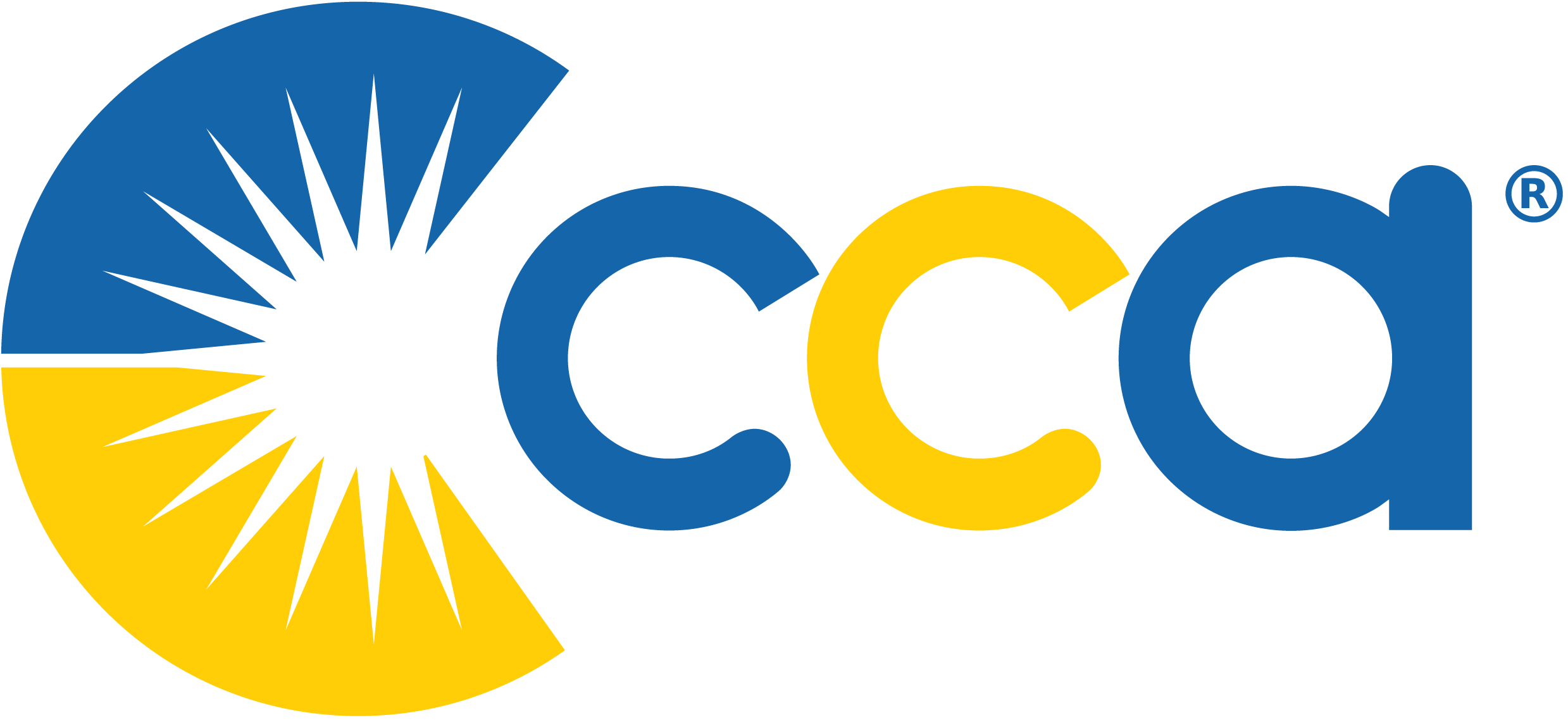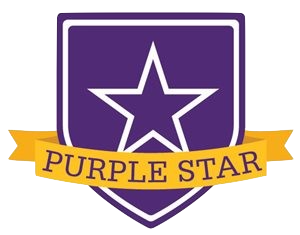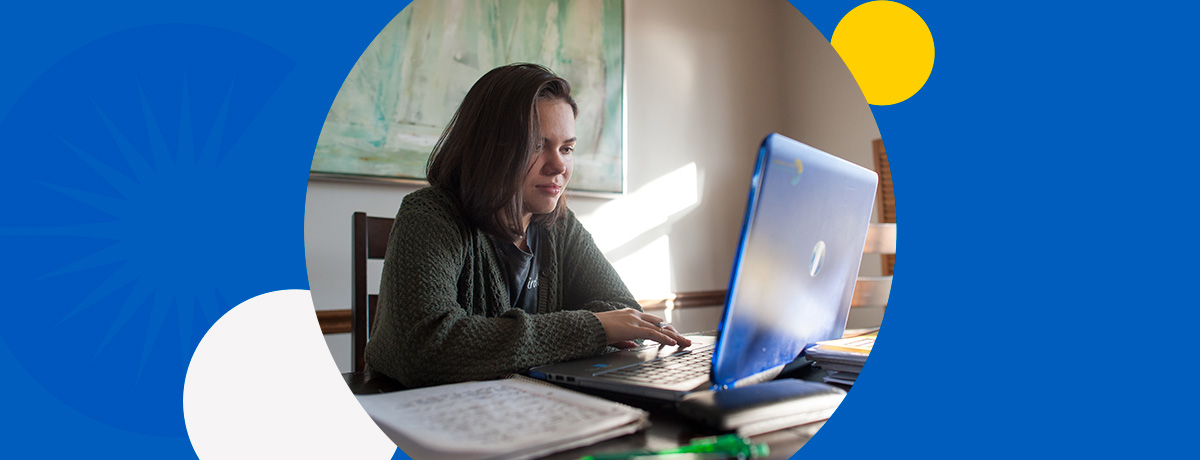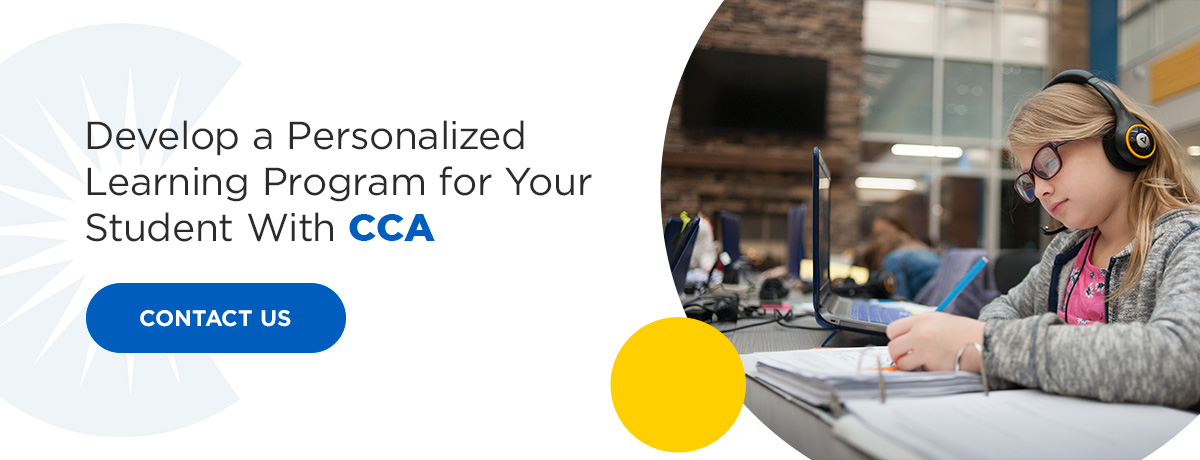Flipped classrooms are increasing in popularity. As virtual classes become the norm, teachers are looking for ways to increase student engagement and encourage active learning through the screen. While traditional lectures are still considered “standard,” flipped learning offers a better, more effective teaching format for students and instructors, whether they’re at school in person or online. The flipped classroom model offers a more interactive, personalized learning experience that encourages students to be curious and excited about learning.
How a Flipped Classroom Model Works
Flipped teaching takes standard instruction — where a teacher lectures to a class — and turns it on its head. Flipped classrooms focus on using class time as a period for small group activities and personalized guidance. Students work collaboratively with teachers and peers while presentations and lecture materials are assigned after class. Students can expand their abilities during class time and can work with peers and educators to develop a better understanding of each subject.
This form of active learning engages students with the material. Traditional lecture-focused schooling has students sit and listen for hours at a time, which is difficult and limits their ability to ask questions and get “hands-on” with the material. By giving students the foundational lecture ahead of time, they can come to class with a basic understanding. Once in class, they can take the information they learned outside of class and apply it to concepts, problems, and group activities.
It isn’t just about having students do lecture work outside of class and answering their questions in class once they’ve done the lecture. Instead, flipped learning emphasizes using the classroom setting for the application and analysis of what students have learned. In the classroom, teachers can split students into groups or have them work as individuals. The foundational information has already been explained, so classroom time becomes a period for questions, discovery, and application.
Additionally, flipped learning moves away from the group teaching of lectures to student-focused teaching. Instead of standing in front of the class and talking to everyone, teachers can move between students and groups to provide one-on-one attention. With flipped learning, teachers can help students apply concepts and better understand the material so they feel more comfortable with the subject and can branch out independently. Feeling confident enough to branch out encourages independence and questioning in young minds, setting them up for lifelong success.
It might be helpful to think of flipped learning in terms of Bloom’s Taxonomy — a way of categorizing cognitive activities based on their complexity. It’s usually shown as a pyramid that’s split into six sections. From top to bottom, they are:
- Create
- Evaluate
- Analyze
- Apply
- Understand
- Remember
In a flipped learning classroom, the activities depicted in the top half of the pyramid — create, evaluate, and analyze — are explored in the classroom, while the bottom three are reserved for after-class assignments. That way, the most complex tasks are tackled in class.
The Benefits of a Flipped Classroom Model
A flipped learning environment’s customizable, interactive nature has dozens of benefits for students and teachers. While it might seem like more effort at first compared to straightforward lecturing, everyone can enjoy a more tailored, individual focus in a flipped space. Students arrive ready with questions, and teachers prepare collaborative, engaging material that encourages students to actively learn instead of passively listening. Here are some of the excellent benefits flipped learning can offer:
- Students can learn at their own pace.
- Students can get more hands-on with the material.
- Flipped learning is flexible — you can customize it to each class’s pace.
- Students can engage in higher-level, more creative learning.
- Teachers can work with students more closely, giving them personalized feedback and helping them as needed.
- Students can collaborate with one another more often.
- Students can watch lectures at home and better review material for exams.
- Flipped lessons allow for richer, more diverse content.
Because flipped classrooms leave the lectures outside of dedicated class time, teachers can tailor their activities to fit each class. The more customized time students get with material, the better they’ll be able to grasp it. Additionally, students can grow at their own pace — if some students are more independent with the material than others, you can focus your attention on the students who need more help and provide others with group or solo activities to advance their understanding.
Unlike traditional lecture teaching, flipped classrooms help put the focus back on students and their education, giving them practical tools and work to help them fully grasp the material. Students have more freedom to work and learn instead of coming to class to sit and listen for the entire day.
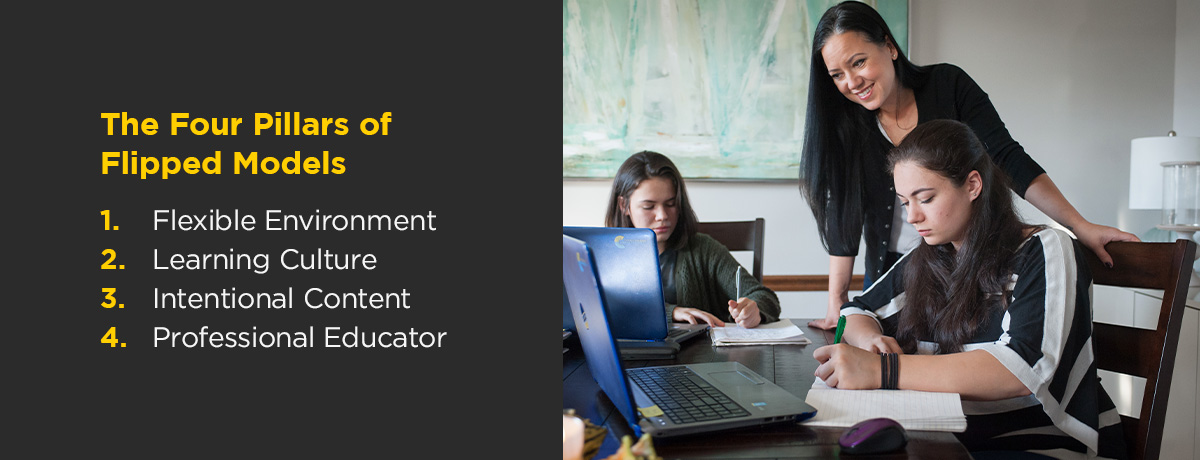
The Four Pillars of Flipped Models
There are four pillars of learning that can help students get the most out of their education. These pillarshelpmaximize the effectiveness of flexible learning and allow for easy adjustments when needed. Incorporating the four pillars of flipped models into a learning structure makes flipped classrooms more engaging for students.
1. Flexible Environment
Creating flexible learning spaces lets students “flip” to group and individual work as needed. Breakout rooms, modular furniture, and other divisions allow for customized lessons with different group sizes and activities daily. The more flexibility in the learning environment and lessons, the more engaged students will be in the learning experience.
2. Learning Culture
Students should be the focal point of the lesson instead of the teacher. Traditional lecturing forces students to sit in near-silence for long stretches. Reframing instruction to have students guide the pace and learning allows them to receive a better, more individualized education. Teachers can set students up with activities focused on active learning and operate as a guide in the classroom. With a student-focused learning culture, students can build their skills on their own time while teachers answer questions and offer support.
3. Intentional Content
With flipped learning, instructors don’t just teach to the test. They give students relevant, helpful material to increase the impact of their classroom sessions and encourage growth and development. Students will actively engage with the material rather than passively sitting and notetaking. Intentional content takes more time than traditional lecturing at first, but content that engages students and prioritizes their growth beyond memorization will help them become more well-rounded learners.
4. Professional Educator
Flipped educators focus on providing more individual attention to students instead of lecturing to a class. A lecture format prevents involved teacher assistance because so much of class time is devoted to lecturing. With the lectures reviewed at home, students can come to class with questions. Additionally, this format lets teachers visit each group and individual as they work in class, helping them when needed and providing one-on-one guidance that encourages real growth. With this help, students can feel more confident about their abilities, giving them better intrinsic motivation and encouraging them to learn more.
Develop a Personalized Learning Program for Your Student With CCA
At CCA, we make every student’s growth and education a priority. Our cyber schooling provides students with a flexible, personalized curriculum tailored to help them achieve success. Our teachers work closely with parents and students to give students the foundations they need for achievements beyond school and into their future lives. The online format of CCA lets students work on the schedule that fits them and gives them more individual time with instructors, so they can learn at their own pace.
If you’re interested in learning more about the benefits of cyber school, contact us online today.
